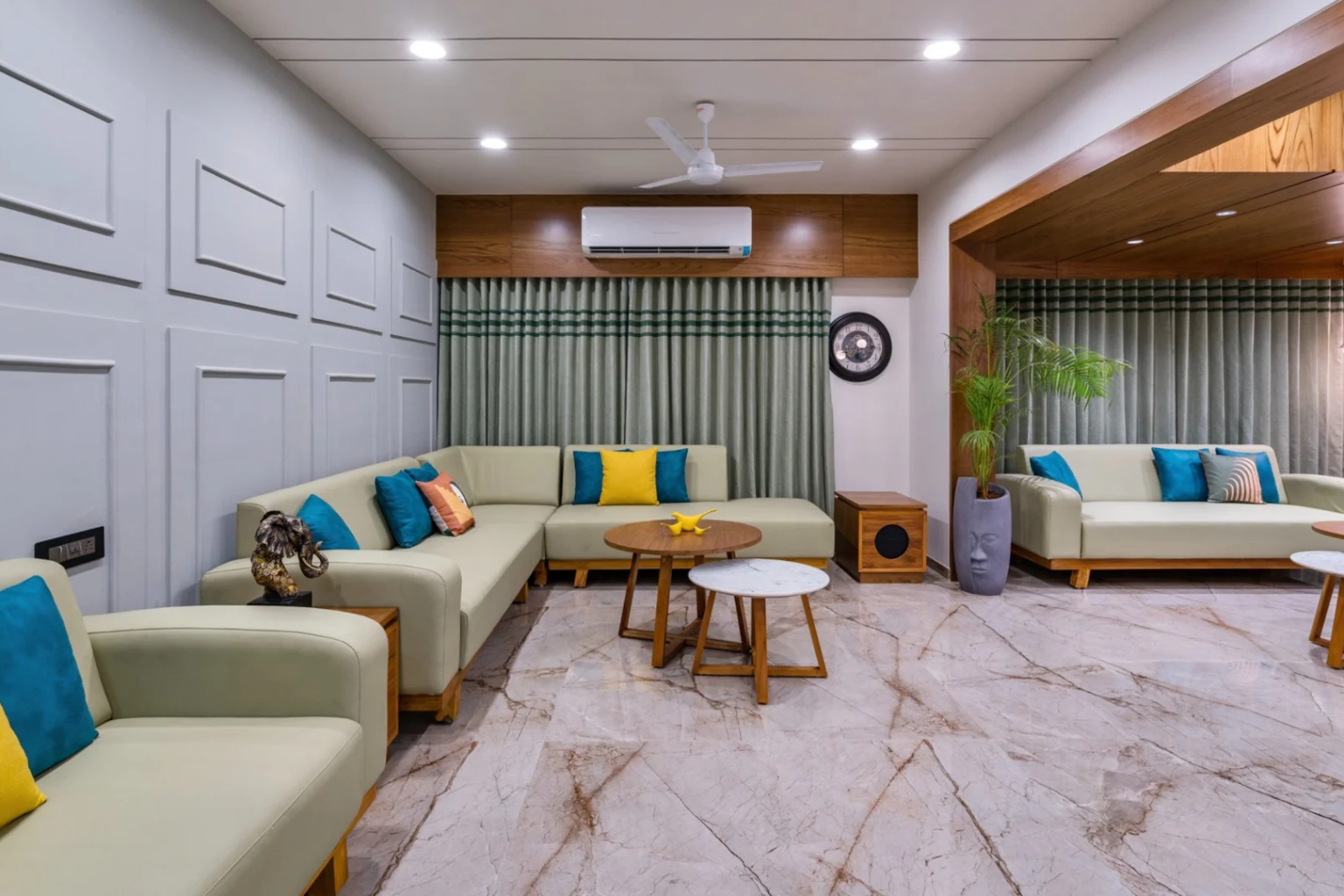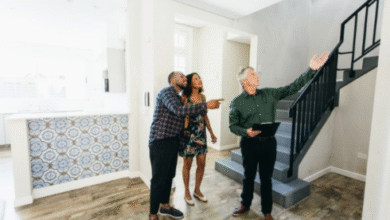
Making Design Decisions Feel Human: Interiors That Truly Work
There’s something personal about the spaces we live in. The kitchen counter where coffee brews every morning, the living room couch that holds family movie nights, the quiet corners where you catch your breath. These places aren’t just physical structures; they’re stages for everyday life. And when you think about it, design isn’t just about looks—it’s about how those spaces make you feel, function, and belong.
Starting Local
The first hurdle for many homeowners is figuring out where to begin. Pinterest boards and glossy magazines can be fun for inspiration, but translating all that into your own home? That’s where it gets tricky. The reality is, local knowledge makes a huge difference. When you decide to Find a local interior designer Minneapolis, you’re not just hiring someone with taste—you’re bringing in a guide who understands seasonal light, regional architecture, and even how people in the city tend to use their homes. A designer rooted in the community brings both global ideas and local practicality.
The Price Question Nobody Wants to Ask
Let’s be honest—budget talk is often the elephant in the room. People dream of beautiful spaces, but money naturally shapes what’s possible. What’s refreshing, though, is when designers are open and transparent about costs from the start.
Knowing the average Interior design cost Minneapolis can keep expectations realistic and help prevent headaches later. It’s not about cheap versus expensive—it’s about aligning resources with vision. A well-planned design can often stretch a budget further than DIY efforts that end up with costly mistakes.
Design as More Than Décor
One misconception is that interior design equals decoration—throw pillows, art pieces, maybe a fancy rug. But it’s deeper than that. True design is about flow, proportion, function, and yes, a touch of soul. It’s about creating spaces that serve the rhythms of everyday life, whether that’s entertaining friends, focusing on work, or finding a moment of calm at the end of a hectic day.
That’s why professional insight matters. Designers see things most homeowners overlook: how natural light shifts in different seasons, how furniture placement impacts conversation, how textures can soften acoustics. It’s the unseen details that often make a room truly work.
Why Guidance Saves Stress
If you’ve ever tried to overhaul a space on your own, you know how overwhelming it can feel. Suddenly, you’re juggling furniture dimensions, paint samples, shipping delays, and mismatched ideas. Without guidance, it’s easy to burn out before the project even feels finished.
Working with a design team lifts that weight. They filter options, coordinate logistics, and anticipate problems before they land on your lap. That’s not just a luxury—it’s peace of mind. And often, it saves both time and money in the long run.
Personalizing the Process
No two families live the same way. That’s why cookie-cutter designs rarely feel satisfying for long. The best designers ask questions: How do you use this room? What’s frustrating you about it right now? Do you host dinners or prefer quiet nights? These details shape decisions more than any trend report.
That’s where collaboration really shines. It’s less about dictating and more about co-creating. When your lifestyle is at the center, the results feel natural instead of staged.
Local Firms with a Reputation
In Minneapolis, one name that pops up often is Julian Design. They’ve built a reputation on listening deeply and blending beauty with function. For many homeowners, the first step is to Get a quote from Julian Design—not just to talk numbers, but to start envisioning what’s possible. It’s not about selling a package; it’s about crafting a partnership where ideas can evolve into real, livable spaces.
Emotional Impact of Everyday Details
It might sound dramatic, but small changes can genuinely shift mood. A clutter-free office reduces stress. A dining room bathed in warm light encourages longer conversations. A bedroom designed for rest can improve sleep quality. These aren’t just surface upgrades—they’re changes that echo into how you feel day to day.
And in a world where stress feels constant, a well-designed home can quietly act as your reset button.
Balancing Old and New
Many Minneapolis homes have character—historic woodwork, quirky layouts, details you don’t see in newer builds. Preserving that charm while introducing modern functionality is an art form in itself. Done well, it feels seamless: a mid-century detail paired with contemporary lighting, or a traditional dining room opened up just enough to feel welcoming without losing its roots. This blend makes a home feel authentic, not staged.
Wrapping Up
At the end of the day, interior design isn’t about chasing perfection or copying a magazine spread. It’s about creating spaces that feel like they’re truly yours—beautiful, yes, but also supportive and deeply functional.
For Minneapolis homeowners, leaning on local expertise makes the process less daunting and far more rewarding. Whether you’re starting small or thinking about a whole-home transformation, the right design partnership will feel less like a transaction and more like a journey.
Because when design is done thoughtfully, your home doesn’t just look better. It feels better. And that’s a difference you notice every single day.



